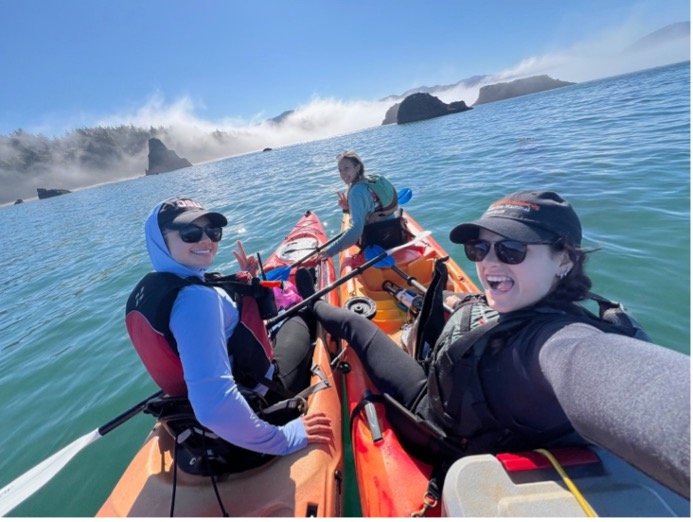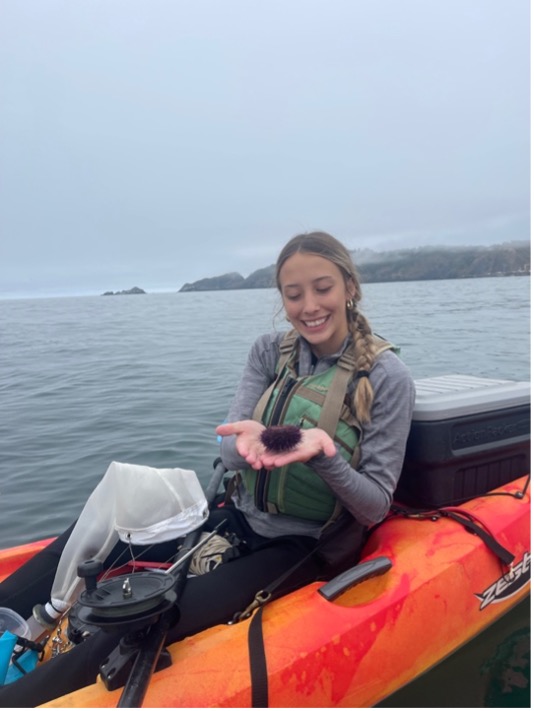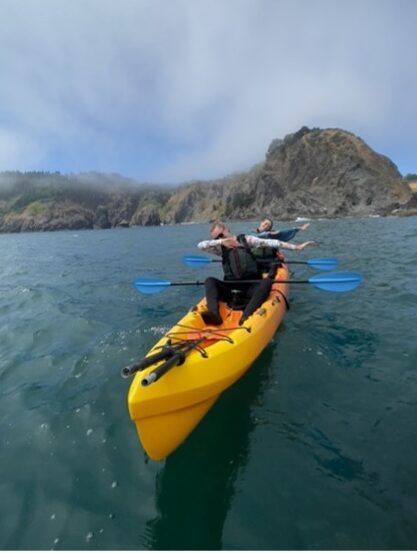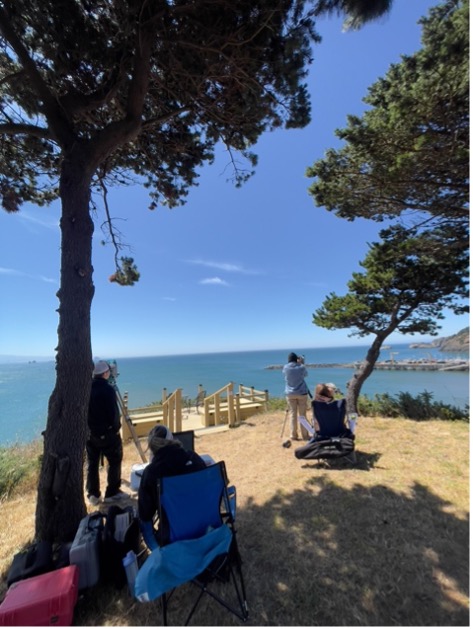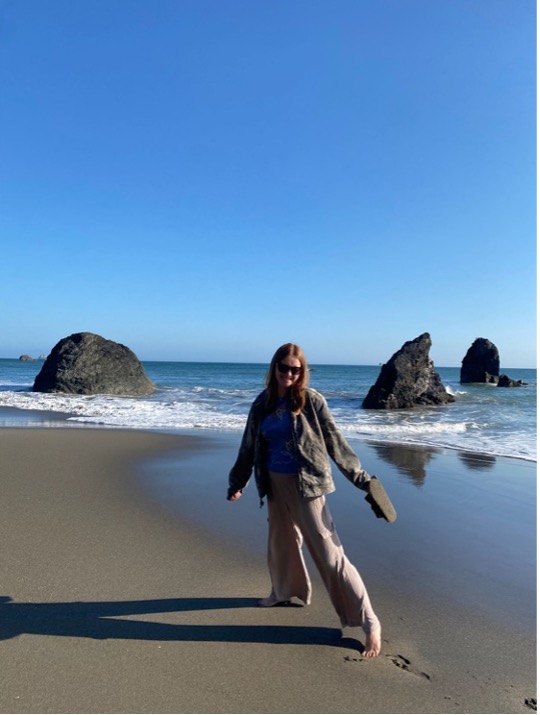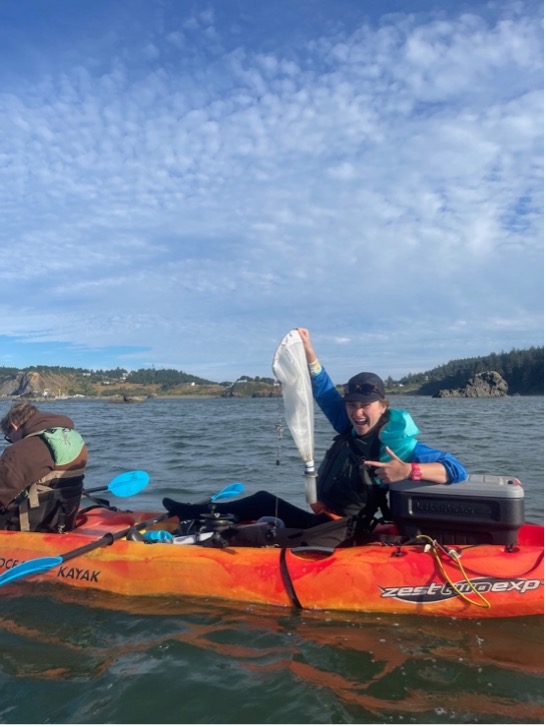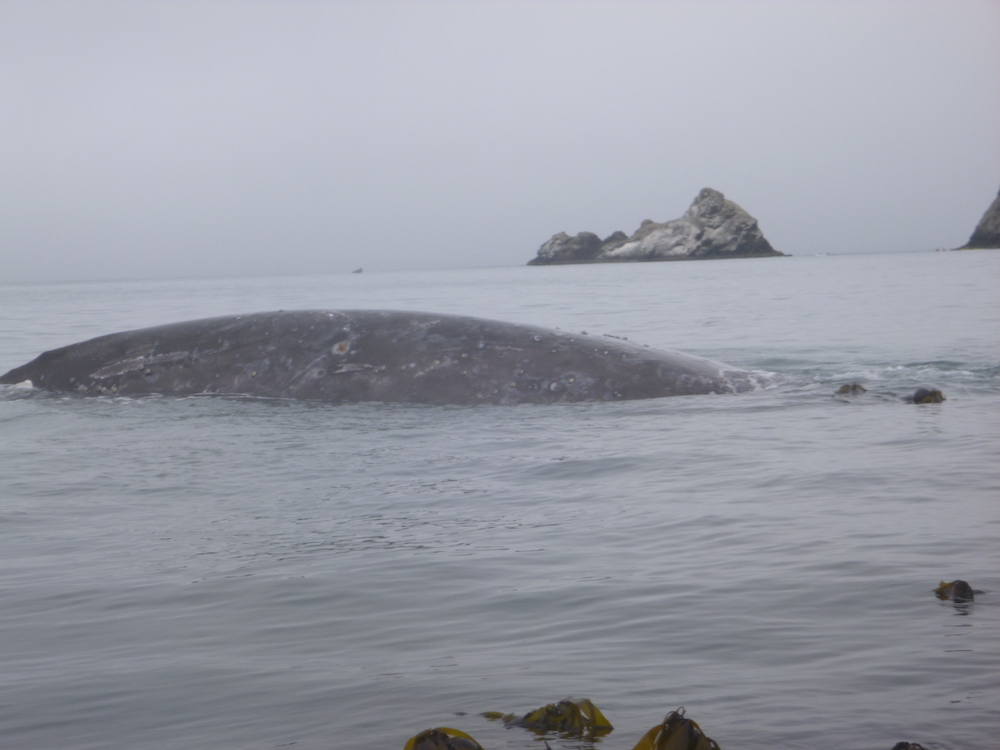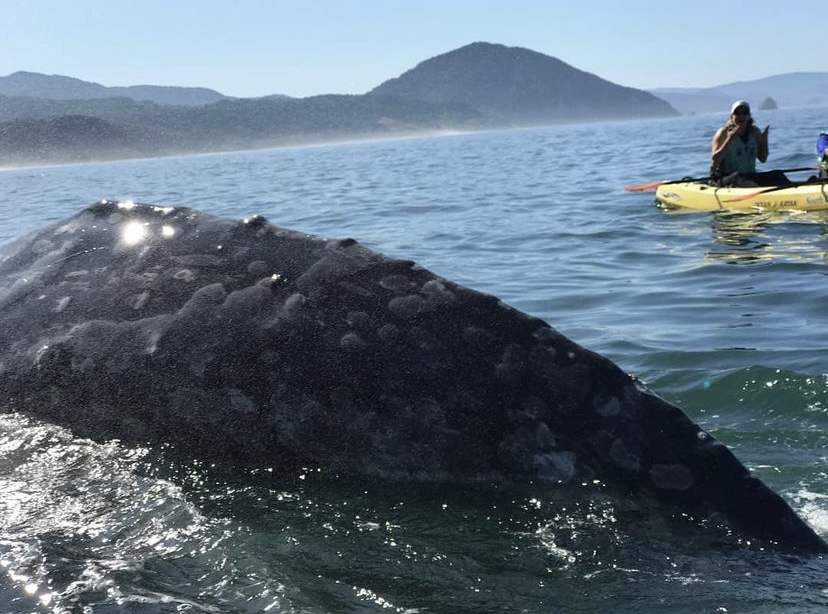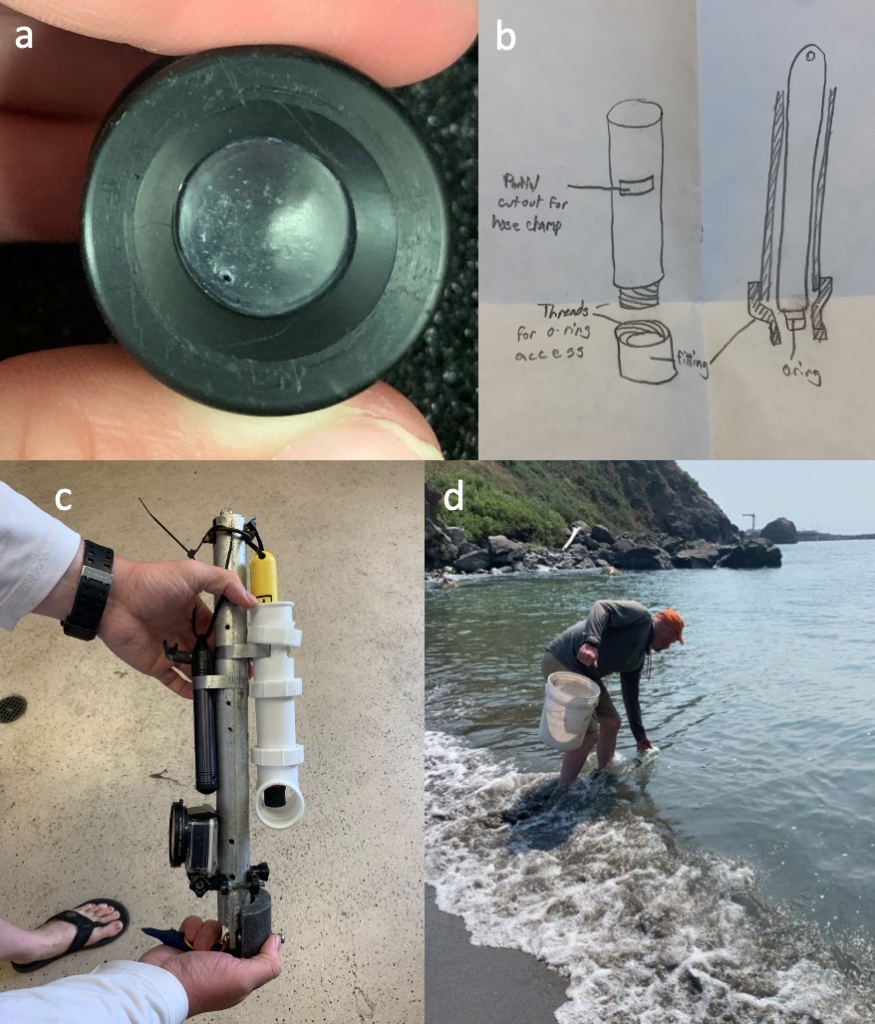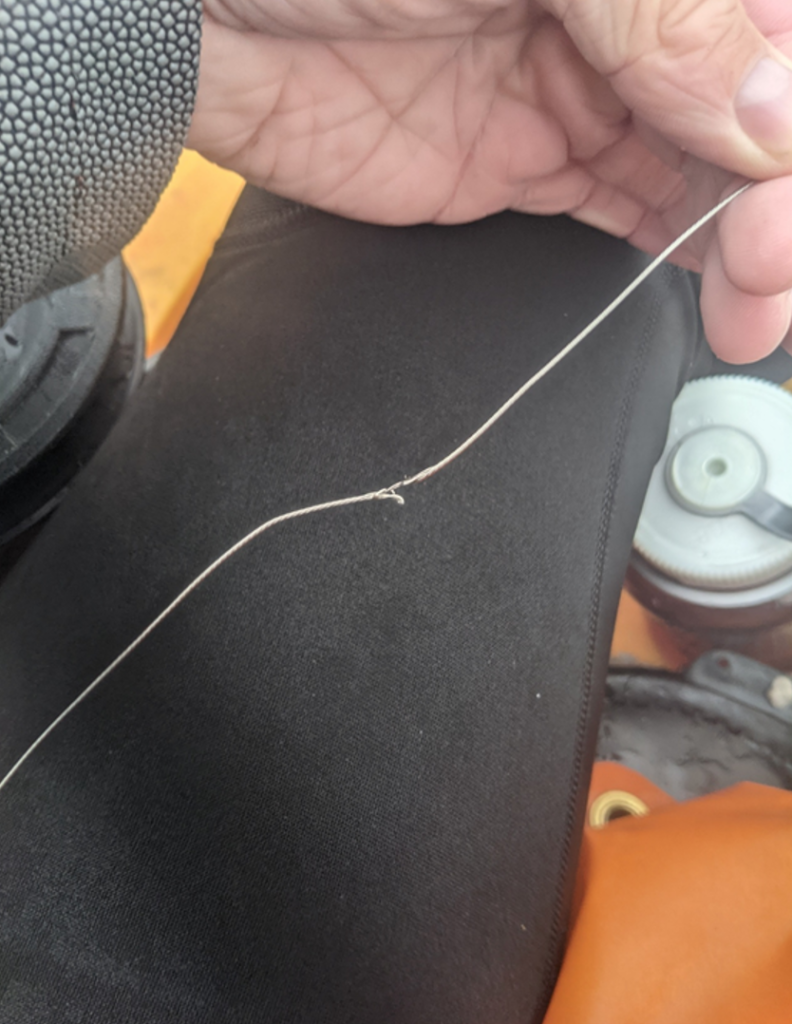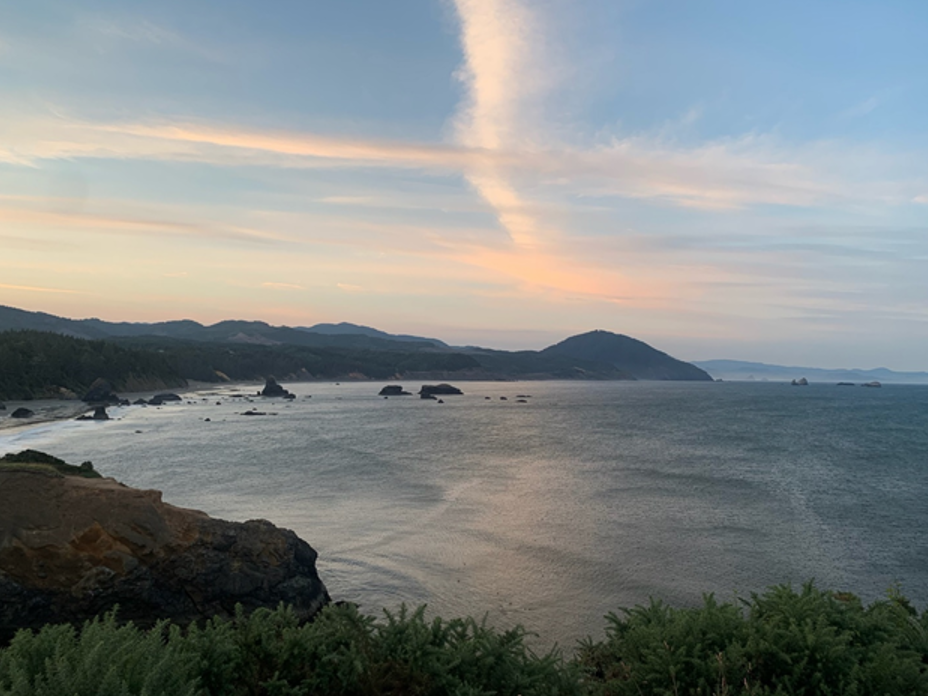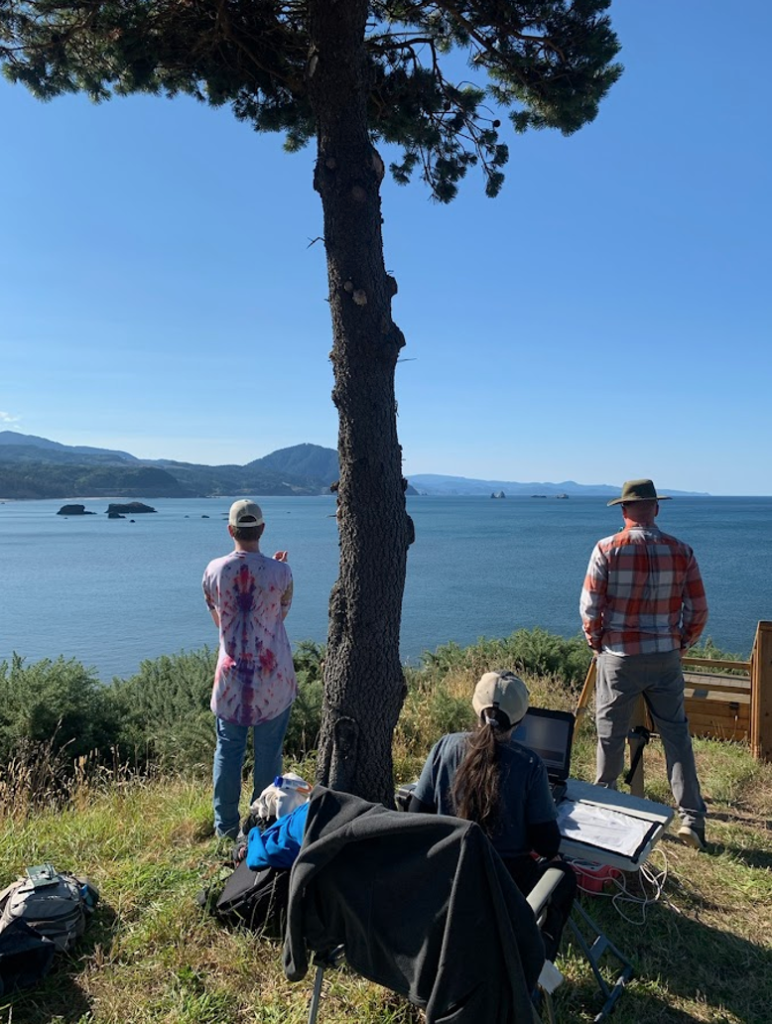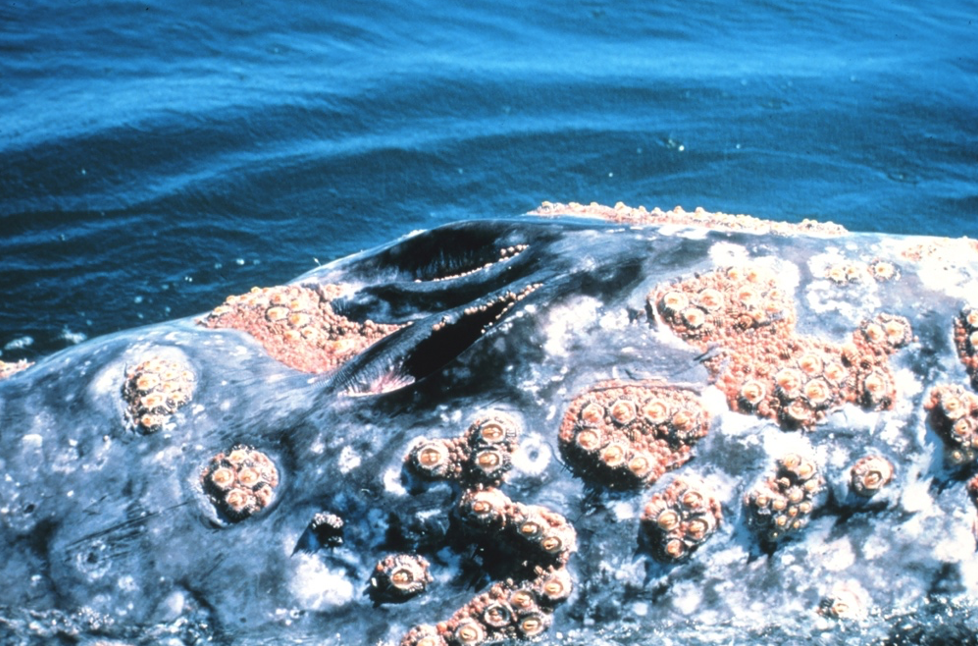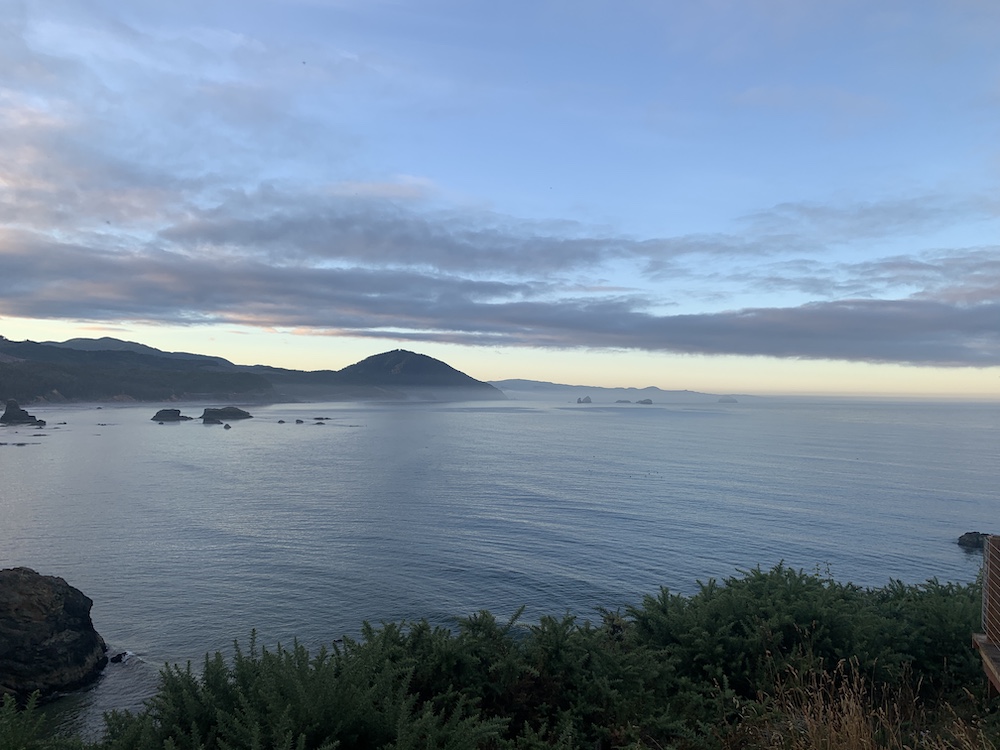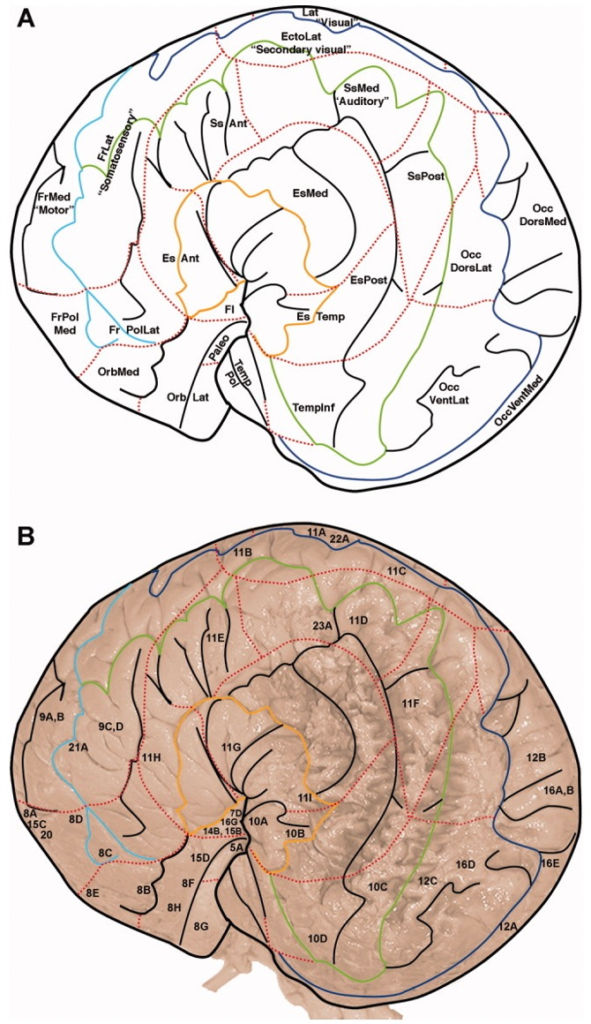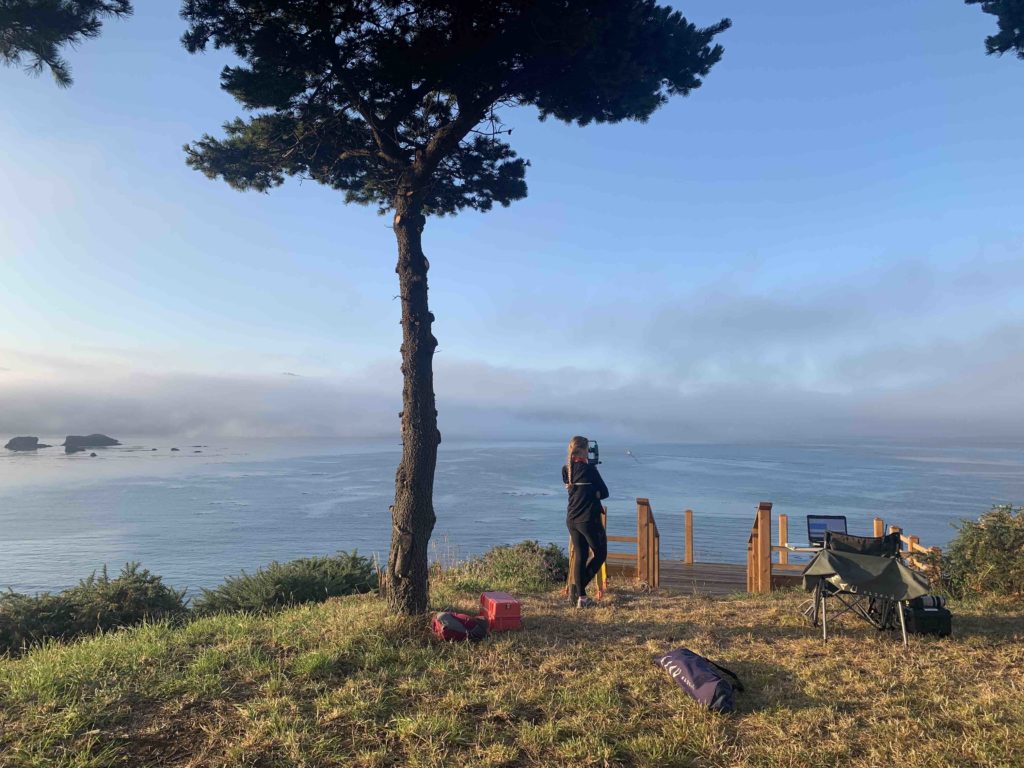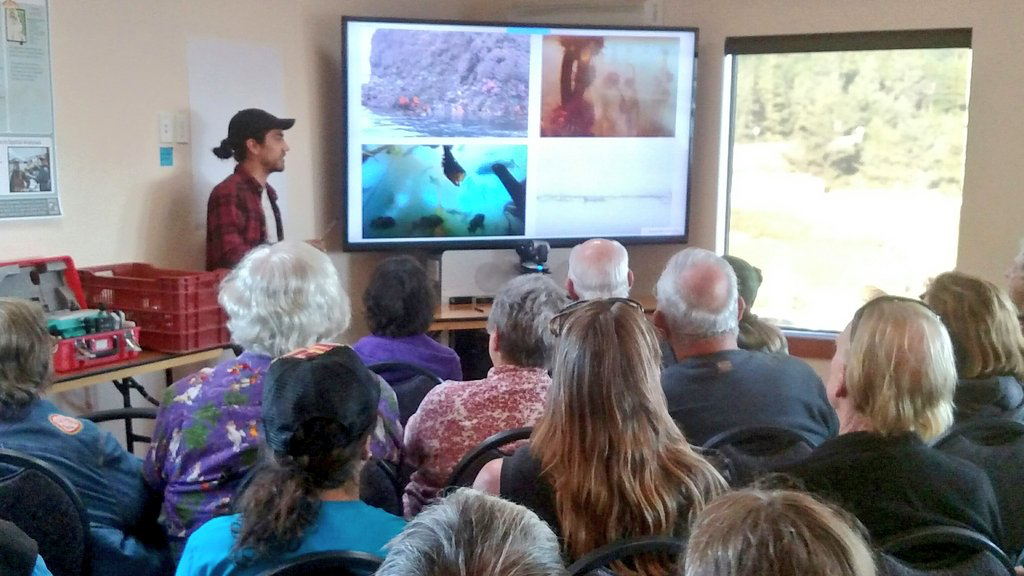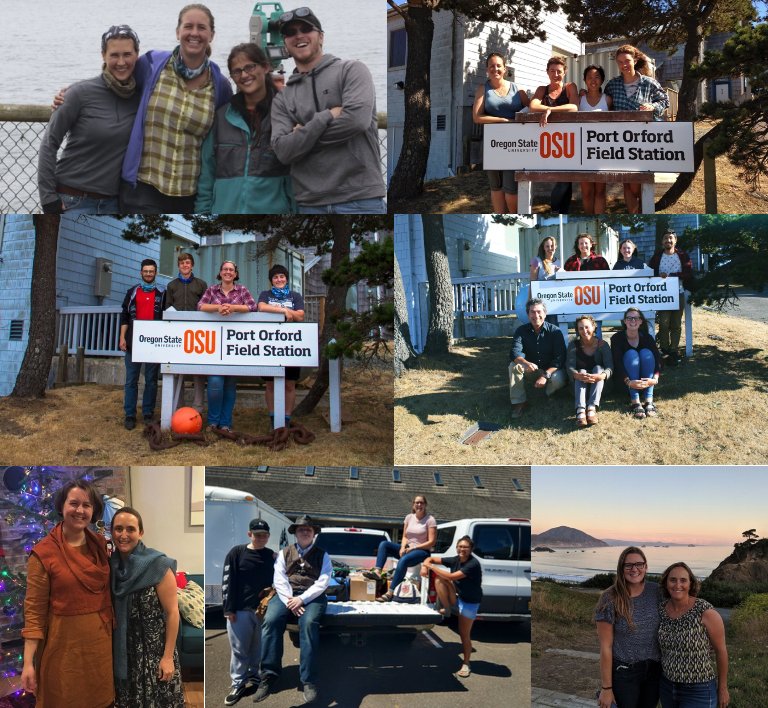Celest Sorrentino, GEMM Lab Master’s student, OSU Department of Fisheries, Wildlife and Conservation Sciences, Geospatial Ecology of Marine Megafauna Lab
As a loyal and trusted GEMM Lab blog reader, I am sure you know just what time of year it is: the beginning of the 11th annual TOPAZ/JASPER field season where we study whales and their prey while also training the next generation of scientists. The start of the season has been kicked into high tail already and we have many updates to share. Fear not, dear reader, as I am here to release you from relentlessly refreshing your inbox for the long-awaited introduction of the TOPAZ/JASPER team that is taking the project into their second decade.
But first, to appreciate the present milestone, it’s worth revisiting the legacy of those who guided us to this moment. The TOPAZ/JASPER projects began in 2015, with PI. Dr. Leigh Torres and master’s student Florence Sullivan (2015-2018), and continued forward with Lisa Hildebrand (2018-2021), and Allison Dawn (2022-2024). Now, as a new droplet in this stream of brilliant leaders before me, I feel immense gratitude to be the master’s student leading the TOPAZ/JASPER team this summer. Having been trained by Allison Dawn with Team Protein in 2024, and full unwavering support from Leigh and each leader before me, I enter this new role with confidence and excitement for the next six gray-whale-and-zooplankton filled weeks of data collection. Now, let’s meet the young scientist interns for 2025!
Madison (Maddie) Honomichl is a senior wrapping up her last semester of undergrad at CSU Monterrey Bay this fall to gain a degree in Marine Science. As the GEMM Lab’s REU intern this summer, Maddie began her internship in June by joining me in Newport to learn more about gray whale and pymgy blue whale mother-calf relationships. Without spoiling too much (you’ll hear more from her in her blog post in just a few weeks!) her project focuses on capturing mother-calf blow synchrony of gray and blue whales in drone footage. Now in Port Orford, her gifted talent for photography has been excellent in helping capture photos of traveling whales on the cliff.
Nautika Brown is one of our high school interns from Coulee Dam, Washington. Having just graduated, Nautika’s ambition and passion for studying wildlife lead her to apply to our TOPAZ/JASPER project and we are so happy she did. Accidentally hilarious, she has made everything from kayak training to zooplankton identification that much more enjoyable—reminding the team to have some fun while still getting the job done.
Dawson Mohney is our Port Orford local, having recently graduated from Pacific High School in May. Though he might not know the best spots around town, Dawson’s demeanor mirrors that of Port Orford itself: kind, welcoming, and always helpful. Always up for any task, he is the first to ask if anyone needs help with carrying equipment up to the cliff or cooking a ground beef refried beans mash for team dinner. Come fall Dawson is excited to start his first semester at Southwestern Oregon Community college.
Miranda Fowles is a recent graduate at Oregon State University having completed her major in Fisheries, Wildlife, and Conservation Sciences with a minor in Spanish. Originally from Seattle, her childhood memories include kayaking with her family, so ocean kayaking has come naturally. Miranda’s genuine curiosity shines through in her eagerness to ask questions about whale life histories and their social dynamics. She’s expressed a clear passion for continuing her journey in marine science and academia.
We are now T-minus 2 days until the last of the team’s training period, and we couldn’t be more thrilled for the 4 more weeks to come. Through unexpected wildlife sightings and spontaneous team jokes, our team has only grown stronger and more connected. For all of the interns, this experience is not only their first experience with marine fieldwork, but also their longest. Training days have been both rewarding and physically strengthening; we’ve watched harbor seals lounging between Mill Rocks and tracked a particularly active humpback whale that keeps surfacing in the bay—all while developing what we now call our “ultimate kayak muscles.” By the time lunch rolls around, it feels like an ultimate power recharge, to continue forward with data processing. As any marine field scientist will tell you: there’s something deeply satisfying about coming back to shore and sinking your teeth into a handmade sandwich.
And speaking of our absolute craving for sandwiches, this team has unexpectedly brought back the 2010s dab—with such enthusiasm that it was only right to fuse “dab” with our love for chips-in-sandwiches. With this, I share with your our new, very official team name:
Team Dabwich.
With the right amount of salty, silly, and scienc-y, Team Dabwich is ready to crush the 11th TOPAZ/JASPER field season.
